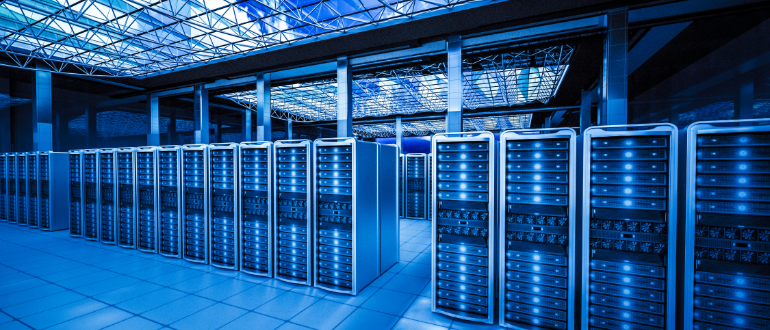
Two of tech’s largest players are reshaping how digital infrastructure draws and conserves resources. Google is securing carbon-free electricity from a first-of-a-kind nuclear project in the Tennessee Valley, while Microsoft plans pilot facilities that eliminate water cooling starting in 2026. The parallel moves point to a single conclusion: the massive data center build-out won’t be sustained by yesterday’s energy and water practices.
Google’s agreement with the Tennessee Valley Authority (TVA) and nuclear startup Kairos Power would place a 50-megawatt Hermes 2 reactor on TVA’s grid, and the electricity will support Google data centers in Tennessee and Alabama. TVA becomes the first U.S. utility to draw power from a Generation IV reactor. Kairos forecasts the facility will be fully operational in 2030.
The technology offers advances over conventional nuclear plants. Kairos uses molten fluoride salt as the coolant rather than water, allowing operation at atmospheric pressure and reducing the need for massive containment infrastructure. The design relies on TRISO fuel—uranium particles encapsulated within carbon and ceramic layers—to keep fuel stable at high temperatures.
The timing aligns with a steep rise in data center electricity needs, driven by AI workloads. U.S. data center consumption zoomed upward from 58 terawatt-hours (TWh) in 2014 to 176 TWh in 2023, with projections reaching 325 TWh (or far higher) by 2028. Nuclear offers firm, weather-independent supply to serve this growing demand.
Microsoft is focusing on a different resource constraint: water. Typical data centers are quite thirsty, averaging about 1.8 liters of water per kilowatt-hour, largely for evaporative cooling. Microsoft says it will begin piloting water-free facilities as soon as 2026. The shift requires rethinking thermal management. Options include immersion cooling with non-conductive fluids—efficient but expensive—or mechanical refrigeration that relies on chilled air or chilled fluids.
Mechanical cooling reduces or eliminates cooling water but increases electricity use. That tradeoff becomes acceptable when data centers can source high levels of renewable power or otherwise secure low-carbon electricity. Efficiency losses can be narrowed through design choices: sealing server cabinets to direct cold air to hot spots, or pairing mechanical chillers with systems that circulate non-water fluids. Microsoft has referenced what it calls “chip-level cooling solutions,” though it has kept most of the detail under wraps.
Will these next-gen energy approaches scale? On nuclear, the bottlenecks are well known: licensing challenges, lengthy build timelines, and community concerns will likely limit capacity in the near term future. One estimate suggests advanced nuclear could meet a mere 10% of projected data center demand growth in the next decade. On water-free cooling, the hurdles are different: upfront cost, integration complexity, and the electricity costs from evaporative systems. Data center operators with access to stable, low-carbon power may accept the trade-off in regions where water scarcity or local regulation heightens pressure on water usage.
Taken together, the announcements sketch a future in which hyperscalers pair reliable, carbon-free generation with more water-frugal facilities. Google’s path aims to secure a predictable baseload, while Microsoft’s seeks to use thermal management to handle issues with local water supplies. Neither is a complete solution for the sector’s rapid growth curve. But both signal that resource constraints—particularly in water and electricity—are becoming core design inputs for data center strategy, not afterthoughts. The coming years will test whether these early moves can mature into templates the broader tech industry can adopt.

